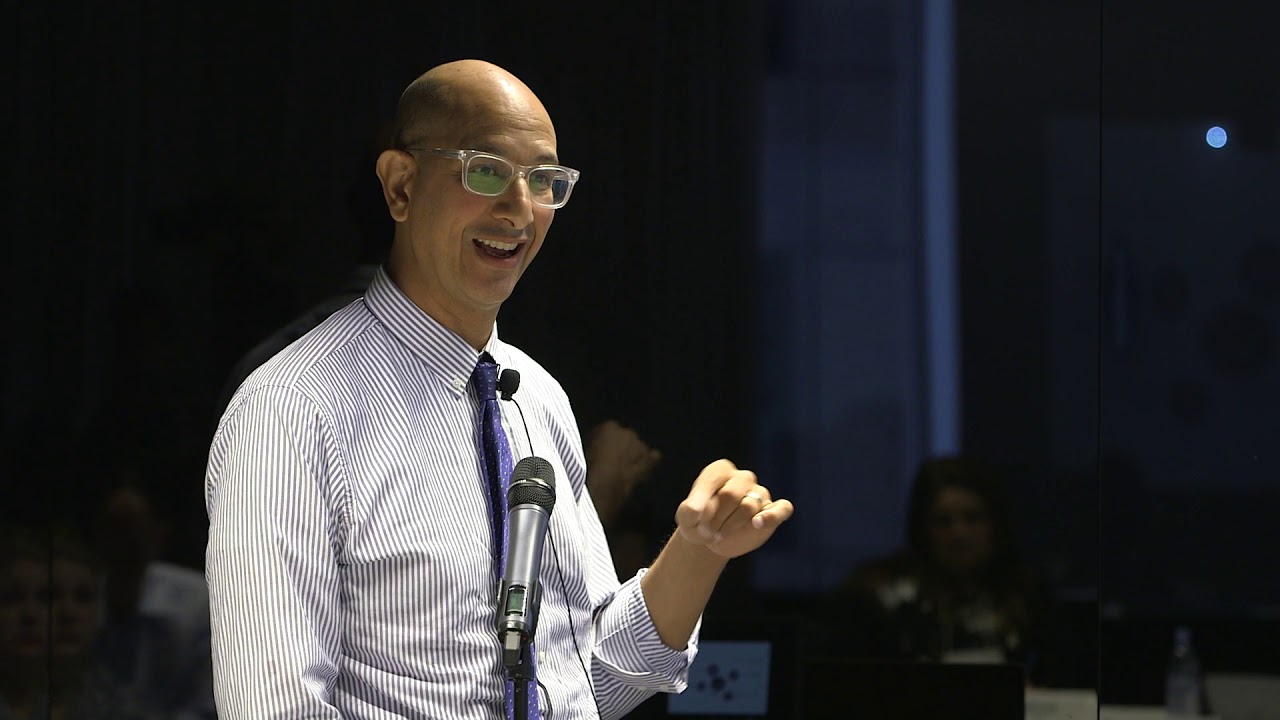FOCUSING ON FRESNO
The food stamp program in California is called CalFresh. According to my research, the average head of household receiving CalFresh benefits in 2014 was 39.8 years. The average number of persons per household was 2.2. Slightly more than half (50.4 percent) of households receiving CalFresh had only one person in the house.
Slightly less than a quarter (24.4 percent) of households receiving CalFresh had earnings. Females were head of households in 68.7% of the homes. More than two-thirds (67.6 percent) of the households had at least one person who had completed at least 12 years of schooling.
The average monthly caseload in Fresno County grew from 88,597 in 2012 to 91,824 in 2013.
For the first three months of 2014, Fresno County ranked No. 1 among California’s 58 counties in the percentage of Medi-Cal recipients also receiving CalFresh benefits.
I dropped by Brand’s property-management office on Friday to talk to the mayor-elect about his plans to spur job growth. He said he expects to make a major announcement along these lines in the next week or two.
He also referred to his Economic Expansion Act, approved by the City Council in March. He said the act, which provides incentives to businesses to expand or relocate to Fresno, combined with big-ticket infrastructure projects planned for Fresno will create thousands of new jobs.
“Let’s take High-Speed Rail and the train station, as an example,” Brand said. “Let’s say we get $70 million (from cap and trade) and most of it goes into a one-mile radius of the high-speed rail station. You’re going to get new buildings. You’re going to have an old building or a dilapidated building or an empty lot that’s going to have 75 apartment units and 10,000 or 20,000 square feet of retail on the bottom. That’s going to be a $15 million asset where before it was $150,000 or a $300,000 old building or vacant lot. So, in addition to the property tax revenue – that’s going to be roughly 20 percent of that figure – we’re going to have people employed, we’re going to have people paying sales tax, room tax, business tax. That (tax) base elevates dramatically. And if it leverages private sector investment – and that’s the goal – by two or three to one, you’re talking about a quarter-billion dollars of investment. What does a quarter-billion-dollar investment do to Downtown? What does that do to the entire city? It’s transformational. That elevates everything.”
Brand said it’s a fundamental responsibility of local public institutions to provide both an adequate safety net and an opportunity for able-bodied Fresnans to find (and keep) good jobs.
“We have to reach people in poverty and get them the basic skills and training so they can participate fully in this transformed Fresno,” Brand said. “When people have good-paying jobs with benefits, they can afford market-rate rental housing or they can buy a house. They can lease or buy a car. That ripples across the economy and the city. People are invested in Fresno.
“My whole goal is to raise the bar, not lower the bar.”










